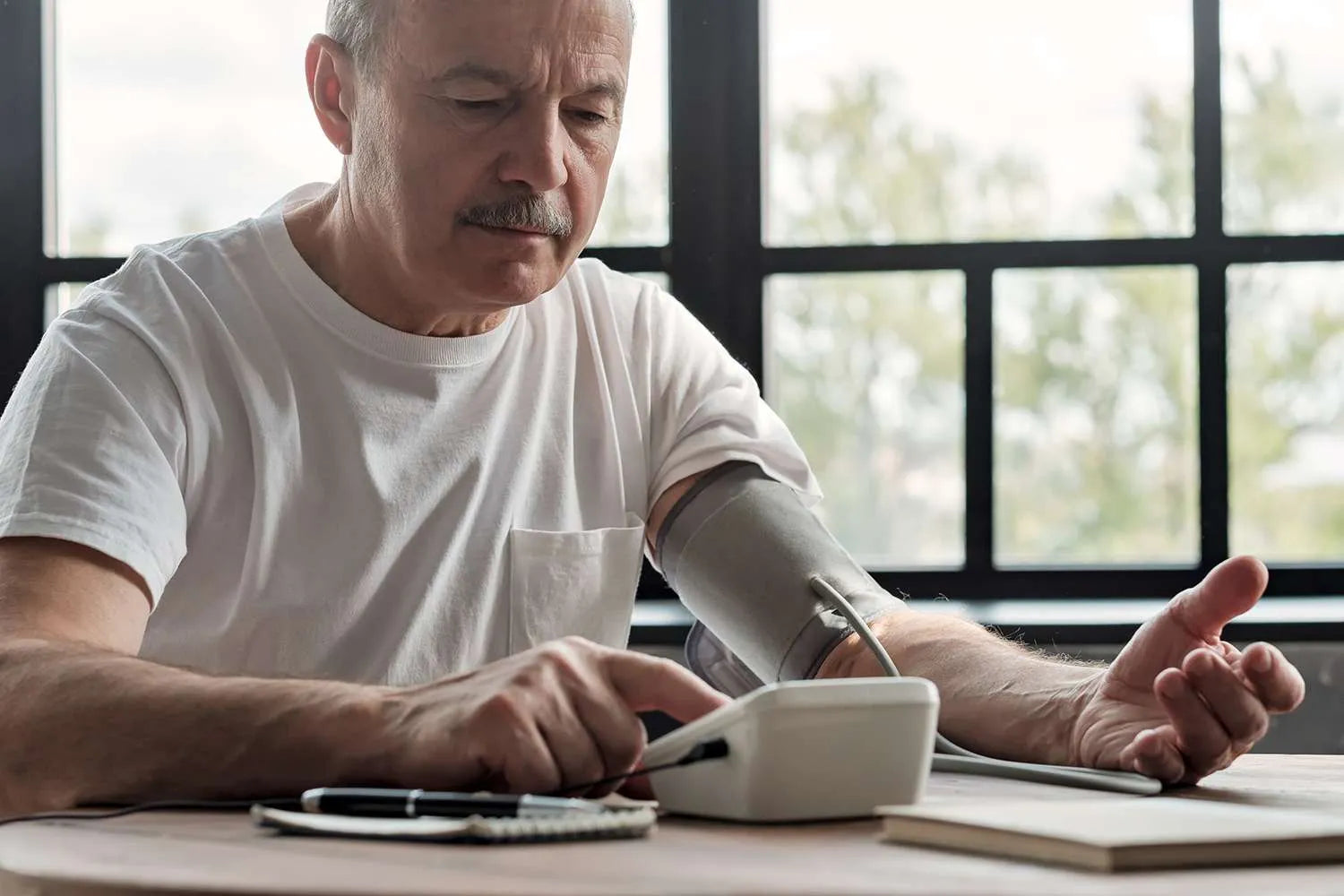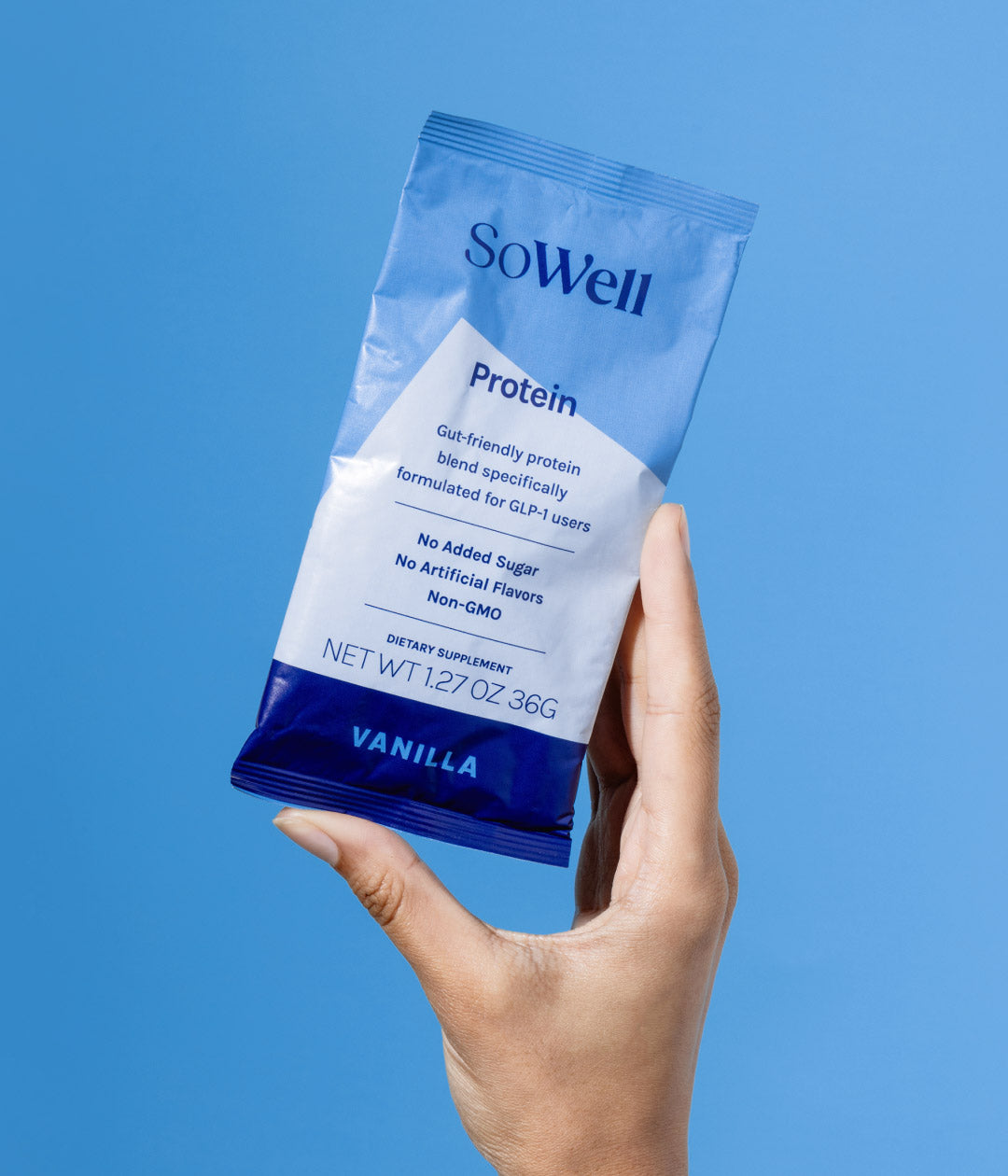Blood Pressure is an important metric in assessing your metabolic health.
Blood Pressure is an important metric in assessing your metabolic health.
Blood Pressure is a measurement of the force of blood pushing against your arteries. Two numbers are measured – systolic, which is taken when your heart is beating, and diastolic, measured when your heart is at rest.
High blood pressure, or hypertension, is strongly associated with excess weight. An increase in BMI in BMI from <25 to >30 kg/m2 is associated with an increased prevalence of hypertension from 15% to 40%. Even slight reductions in your weight can positively impact your blood pressure.
When high blood pressure is combined with other metabolic factors (like increased waist circumference and elevated fasting glucose levels), a person may meet the criteria for Metabolic Syndrome. It is important to identify this condition, as this specific combination of risk factors could increase risk of cardiovascular and endocrine disease. Early diagnosis can lead to disease prevention and reversal. Learn more about Metabolic Syndrome here.

What’s a normal Blood Pressure?
A blood pressure of less than 120/80 is considered within the normal range. To learn more about how your blood pressure impacts your weight, check out our article Metabolic Syndrome here.
How do you measure your Blood Pressure?
If you are taking your blood pressure at home, we recommend buying an automatic cuff that measures from the upper arm.
How do you take an accurate reading?
- Read the specific instructions that came with your blood pressure automatic cuff carefully.
- Be still. Don’t smoke, drink caffeinated beverages or exercise within 30 minutes before measuring your blood pressure. Empty your bladder and ensure at least 5 minutes of quiet rest before measurements.
- Sit correctly. Sit with your back straight and supported (on a dining chair, rather than a sofa). Your feet should be flat on the floor and your legs should not be crossed. Your arm should be supported on a flat surface (such as a table) with the upper arm at heart level. Make sure the bottom of the cuff is placed directly above the bend of the elbow.
- Take multiple readings and record the results. Each time you measure, take two or three readings one minute apart and record the results. If you are planning on discussing the results with your doctor, write the readings down and note the day and time.





